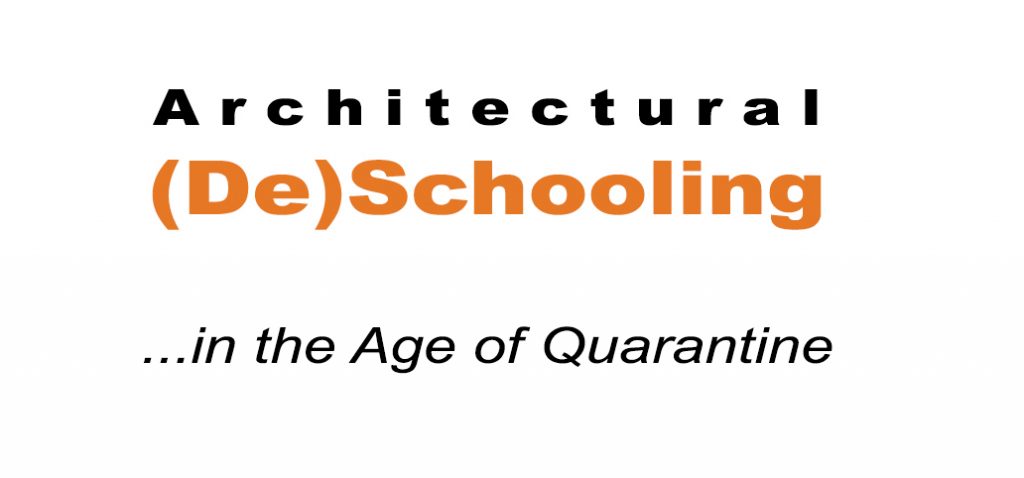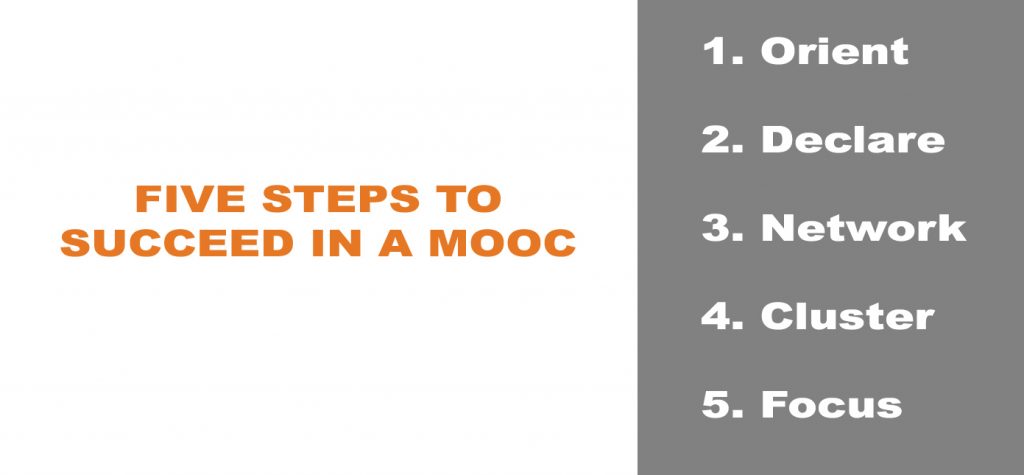The crisis of architectural education has been a subject of discussions for many years now. And not for the first time in the last 100 years. Tthere are debates about whether we should follow a more scientific than empirical method. The lockdowns and other restrictions caused a massive transfer of education into distant formats. We must reflect on the urgency of new methods. I am not exactly referring to the tools and/or digital platforms that we can use, such as zoom, Microsoft Teams, BrightSpace, ConceptBoard, etc., but to a change in traditional conception of sharing knowledge in Architecture.
“This summer MARCH Architecture School invites educators from schools around the world to discuss the past, present and possible future of architectural education. It is a series of online conversations, which will bring together professionals, free to determine the direction of their discussion. They are coming from different countries, schools, generations, bringing their various views, experiences, expectations.”
I will be posting the more relevant comments aboit that exciting discution.

In the 1970s, Ivan Illich and other ideologists of deschooling, of ‘liberation from schools’, suggested that peer-to-peer education, focused on personal needs for knowledge and skills, rather than on fixed curricula, could better serve individuals and communities. He imagined a ‘network of knowledge’:
«The most radical alternative to school would be a network or service which gave each man the same opportunity to share his current concern with others motivated by the same concern. […] The operation of a peer-matching network would be simple. The user would identify himself by name and address and describe the activity for which he sought a peer. A computer would send him back the names and addresses of all those who had inserted the same description. It is amazing that such a simple utility has never been used on a broad scale for publicly valued activity.» (Illich, I. (1971). Deschooling Society, archive.org).
Opinions of architects in the summer discussion:



NETWORKED LEARNING (or EDUCATIONAL WEB)
Networked learning is a process of developing and maintaining connections with people and information, and communicating in such a way so as to support one another’s learning. The central term in this definition is connections. It takes a relational stance in which learning takes place both in relation to others and in relation to learning resources
Networked learning can offer educational institutions more functional efficiency, in that the curriculum can be more tightly managed centrally, or in the case of vocational learning, it can reduce costs to employers and tax payers. However, it is also argued that networked learning is too often considered within the presumption of institutionalized learning, thereby omitting awareness of the benefits that networked learning has to informal or situated learning.
Similar MODEL:
CONNECTIVIST MOOC (Massive Open online course).
Engages networked learning methods within the typical structure of a course. Created by Stephen Downes and George Siemens. More like an online event, MOOCs invite open line participation around a schedule or agenda, facilitated by people with reputation or expertise in the topics.
Earlier examples of online courses using networked learning methods:
- Introduction to open education. David Wiley
- Composing free and open education resources. Teemu leinonen and hans Poldoja. Aalto University School of Arts, Design and Architecture.
- Facilitating Online. Course established by Leight Blackall and Bronwyn Hegarty.
- Social media and Open Education. Alec Couros.
- Digital Storytelling. Jim Groom.
- Globaloria. Harel Caperton

